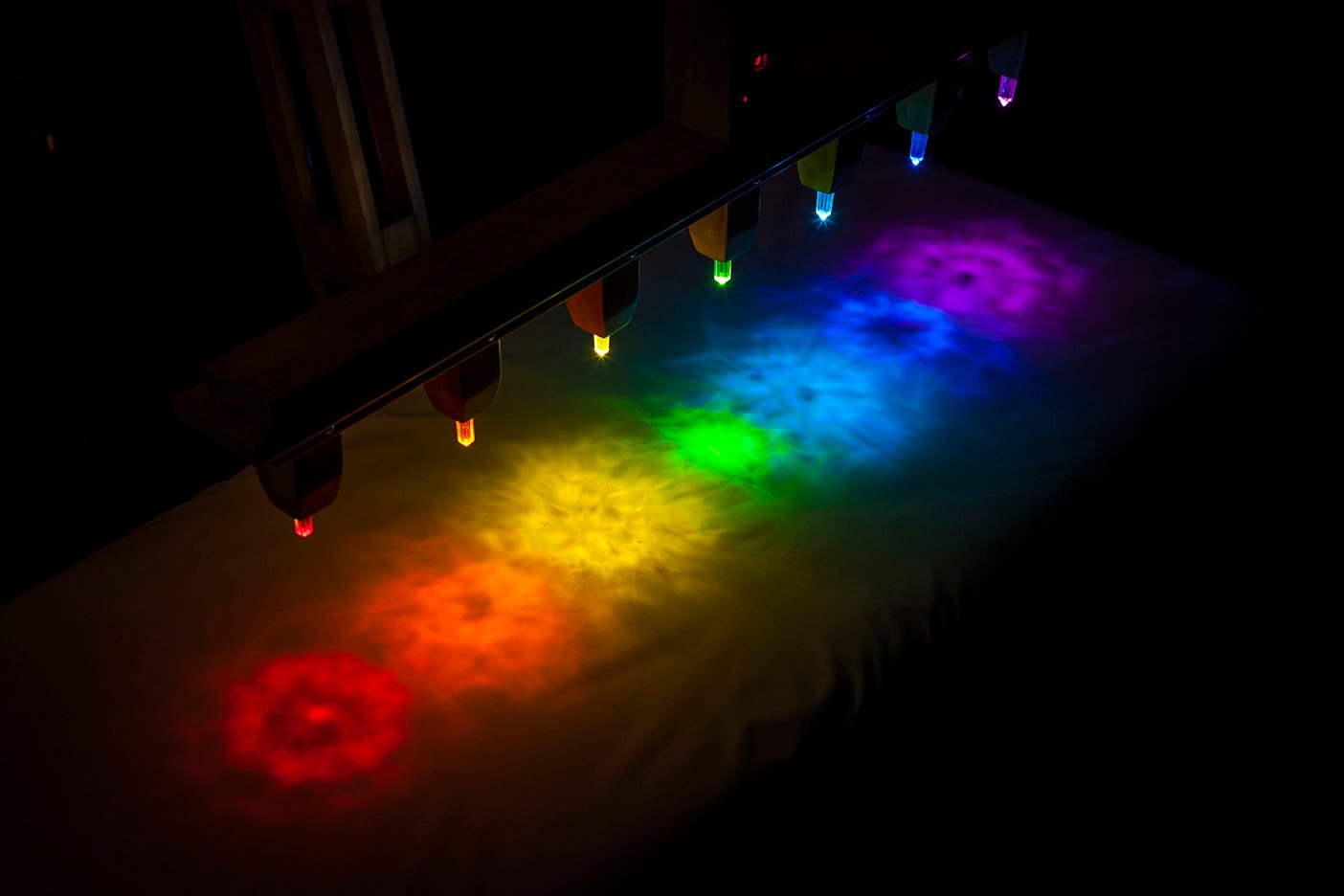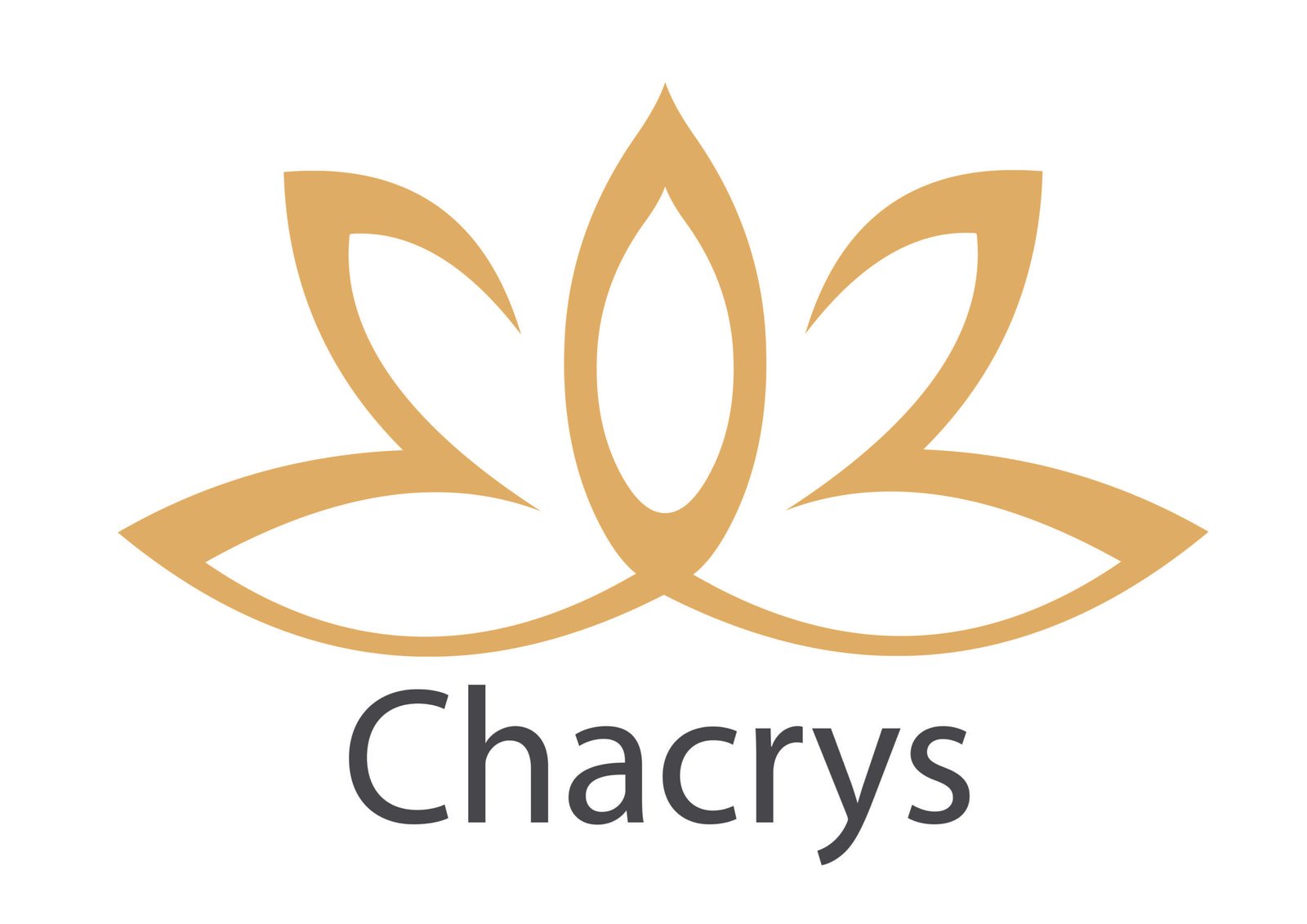
Abalone Crystal – Meaning, Benefits, Healing Properties & How to Use
What is Abalone?
Hold a piece of polished abalone shell and you can almost hear the tide breathing. Technically, abalone isn’t a crystalline mineral at all but the iridescent inner layer of a marine mollusk’s shell—mother-of-pearl with a seaside accent. In energy work, we still list it alongside stones because its nacre carries the same piezoelectric shimmer found in many crystals. Clients often ask me why it feels “softer” than quartz: the answer is calcium carbonate layered in microscopic tiles, the same structure that lets the shell bend instead of snap when a wave slams against it. That flexibility—physical and metaphoric—shapes how practitioners work with abalone.
Benefits of Abalone
I’ve watched anxious shoulders unclench when someone simply cradles an abalone slice. The shell’s swirling blues and mossy greens seem to whisper of open horizons, coaxing breath to slow. My client Mira—an ER nurse who collects night-shift tension like loose change—keeps a thumb-sized shard in her pocket. She swears the oceanic glint reminds her to inhale before delivering difficult news to families. Reported boons include eased emotional swells, bolstered intuition, and a sense of gentle protection, the way a cove shelters boats from rough surf. From a metaphysical stance, many practitioners say abalone harmonizes the heart and throat centers, promoting honest yet compassionate dialogue. Field note: these impressions are experiential and complement, never replace, professional mental-health care.
How to Use Abalone?
Because abalone already feels like a vessel, I like to employ it as a smudging bowl. Place a pinch of dried sage or rosemary inside, ignite briefly, and let the shell’s curved lip channel the smoke. If smoke cleansing isn’t your style, try holding the shell over your sternum during breath-work; its cool surface grounds the mind to the body. For dreamwork, tuck a slice beneath your pillow alongside a notebook. Record snippets the moment you wake—images often surface in greater detail when abalone’s tranquil undertow is nearby. And don’t overlook jewelry: a simple abalone pendant against skin can act as a tactile reminder to stay fluid when conversations turn choppy.
Healing Properties of Abalone
Abalone wears a color range that shifts with every tilt: peacock greens melt into storm-cloud gray, then burst into coral-reef pink. On the Mohs scale it sits around 3 to 4—softer than glass, demanding a gentle hand. The shell is primarily aragonite, a form of calcium carbonate, laced with organic proteins that gift it surprising resilience. Most pieces on the market hail from New Zealand, South Africa, coastal California, and Japan, harvested under strict quotas to protect wild populations. Energetically, people reach for abalone when they need a soothing current, a reminder of resilience, or a nudge toward tidal intuition rather than forceful action.
Abalone Cleaning and Maintenance
Skip salt baths; they’ll abrade the surface quicker than sandpaper on driftwood. Instead, rinse the shell under lukewarm tap water, pat it dry, and leave it in indirect sunlight for fifteen minutes—enough to refresh, not enough to bleach color. Some practitioners prefer moonlight, claiming the lunar pull “charges” the nacre; I can’t quantify that, but a full-moon rinse does leave mine looking luminous. If you use abalone as a charcoal or incense holder, gently scrub soot with a soft toothbrush and a drop of mild soap. Store it wrapped in cotton or nested in a wooden box so harder stones don’t nick its fragile edge. A little care, and the shell will keep singing its shoreline lullaby for years.

